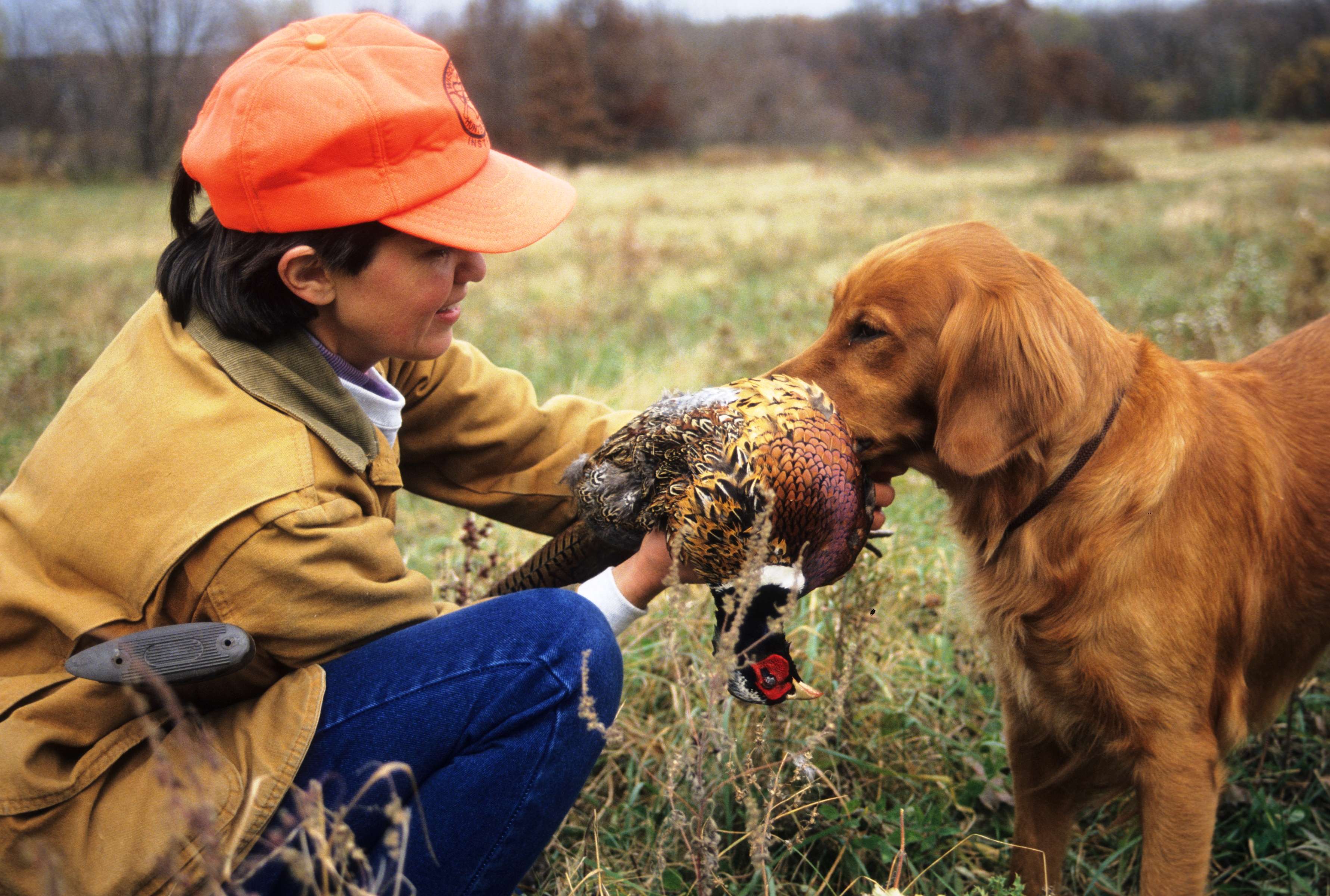
Hunters and their dogs have an amazing bond. When in action, they partner together in a smooth and seamless dance. Each one reading the motions of the other to function smoothly.
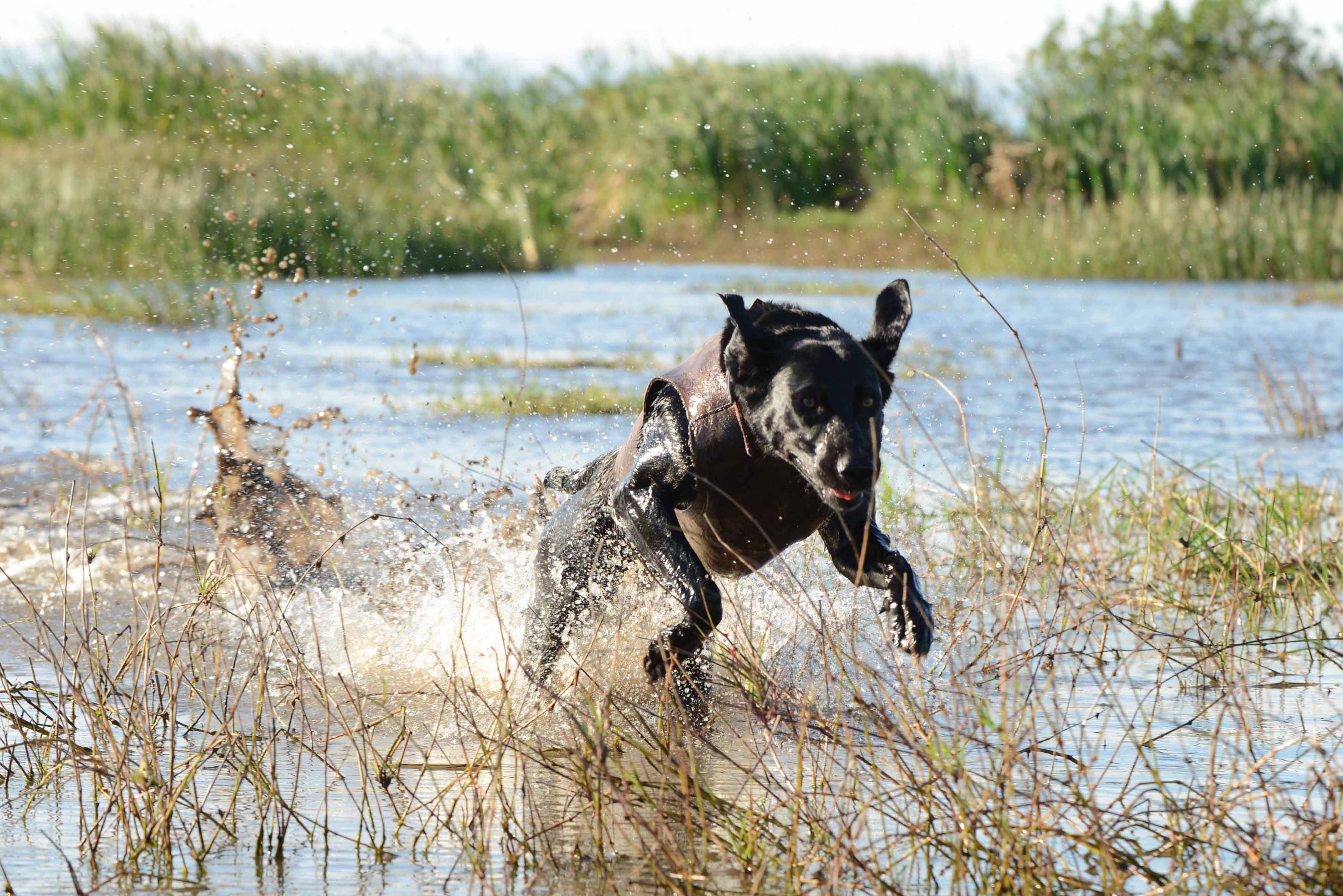
Watching a dog perform the work that he was bred specifically to do, a dog who had those dominant traits honed in with precise training - it’s genuinely a beautiful sight. Every fiber of that dogs being is engaged and devoted to not only hunting but ENJOYING it. And ultimately, that’s one of the reasons why we hunt with dogs. They live for it just like we do.
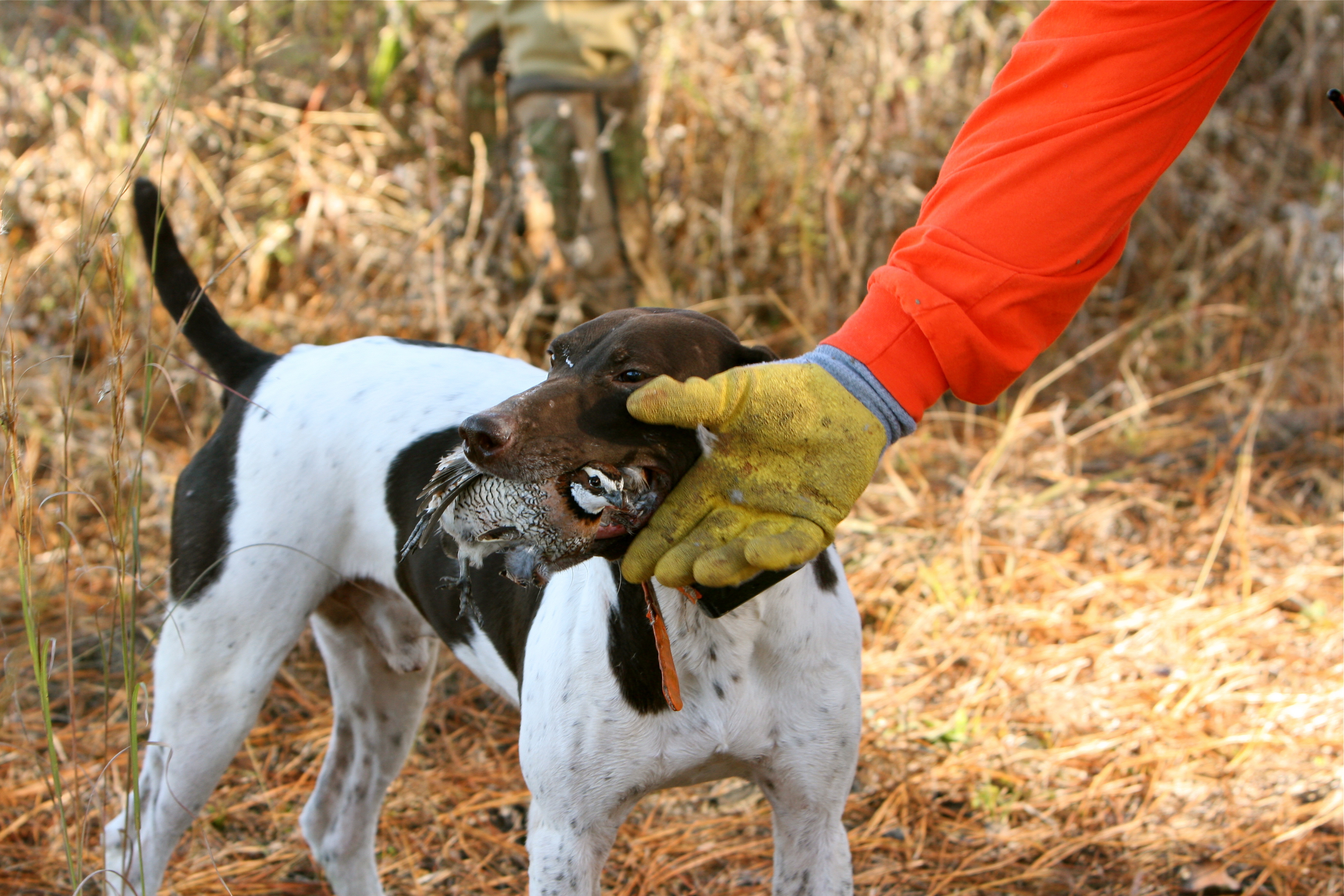
Hunting Dog Breeds
English Springer Spaniel

The English Springer Spaniel is a small compact dog with a beautiful shaggy coat. They grow to about 20 inches tall and weigh up to 45 pounds. Springers have a lush, double coat that is white and brown. The field-bred in this breed differs from the show-bred in that the field-bred tends to be slightly smaller and have more white in their coat. The AKC considers them the very same, though the gene pools have been segregated for over years. The field-bred also tends to have a shorter coat, shorter ears, a more pointy nose. While both are great at hunting, the field-bred will out hunt the show-bred.
Spaniels originated in Spain. There are even accounts in Welsh law documents in 300 A.D. where spaniels were mentioned. There is artwork in the 16th-century artwork of hunting scenes with spaniels that closely resembles the English Springer Spaniel. Then, the spaniels were used to flush out the birds from the dense brush so that the hunter’s falcon could catch the prey. It wasn’t until 1903 that the England Kennel Club had a classification for the breed.
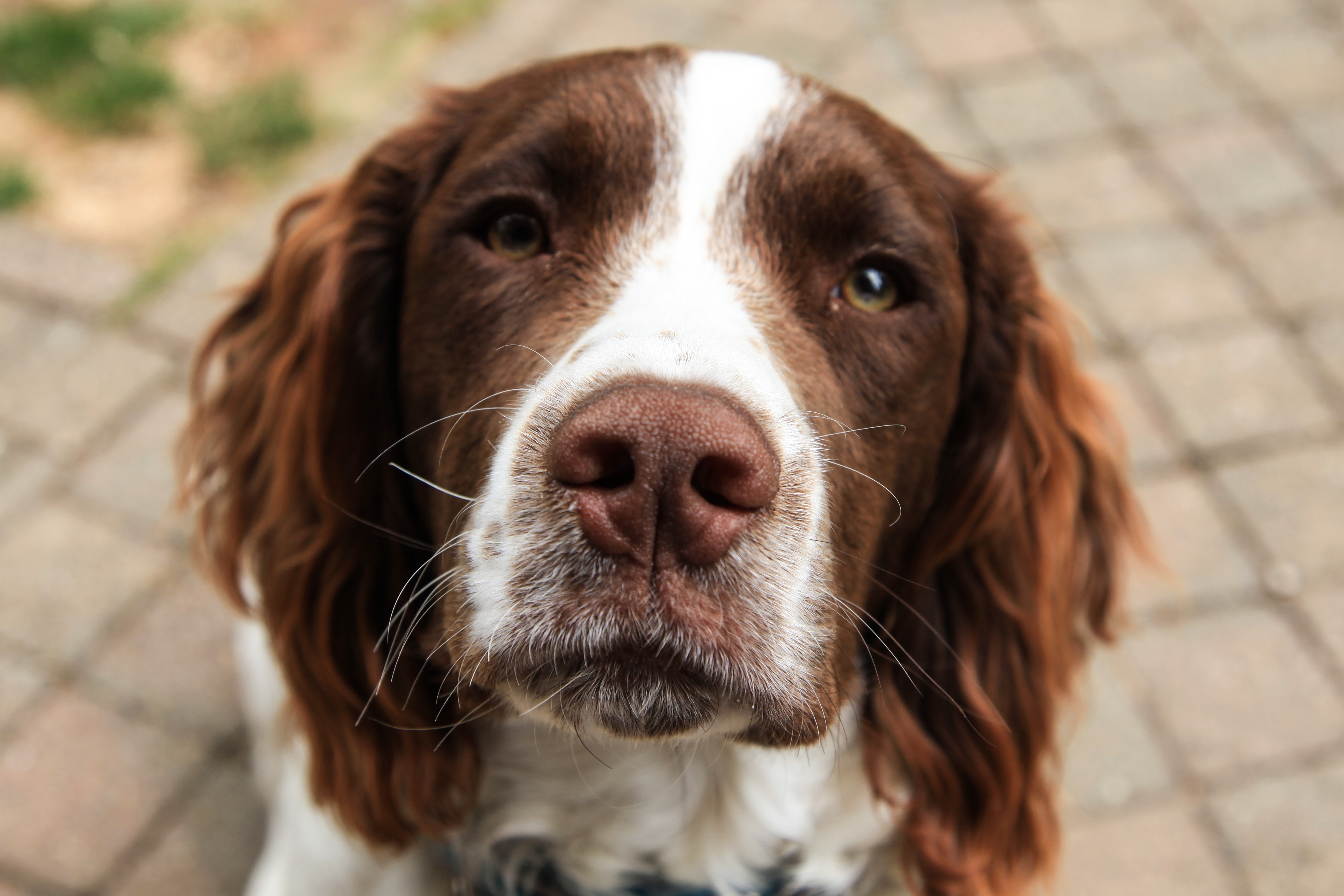
These dogs were bred with the endurance to enjoy long days in the field. English Springer Spaniels are high energy dogs, but they are not typically considered hyperactive. This means they don’t make very good house dogs, but they do good with children. They need room to run. When in the field they run across it in a zig-zag pattern with a smooth stride.
They received their name from the way they “spring” at game - flushing it out of hiding. That’s where the Springer Spaniel really shines: flushing out birds that prefer dense cover such as pheasants, bob-white quail, ruffed grouse, and woodcock. They can duck hunt, and retrieve open country birds, but the English Springer Spaniel is phenomenal with pheasant hunting.

Springers are easily trainable and considered people-pleasers. They love company and participating in family activities. Designed to hunt at close range, typically no more than 30 yards, they do need to be trained on a few command words. English Springer Spaniels can be just as stubborn as a Chesapeake but most tend to be very eager to please and happy to be helping. English Springer Spaniels need a gentle hand in training and they have a tendency to sulk. But like many other high bred hunting dogs, they are known to reach a point in their life where they will test you and in such times a more firm response is recommended. Thankfully, this isn’t often a situation you’ll see a repeat of. But just like other spaniels - they bounce out of their bad moods quickly.
English Springer Spaniels are also used frequently as therapy dogs because of their compassionate eyes and disposition to please. They are great therapy dogs especially for the sick and elderly. My grandparents had an English Springer Spaniel named Champ who was extremely intelligent and loved dove hunting. It was always amazing getting to watch him run.
Chesepeak Bay Retreiver

Chessies are affectionate, sensitive and stubborn. They can get up to 26 inches tall and up to 80 pounds. They are known for their distinctive coat: wavy and oily to the touch. This oil slick helps them to shed water and be able to tolerate cold waters. Their jaws are strong enough to carry heavy game birds and they can be gentle enough to carry an egg. They also have webbed toes. This is an ideal combination for a duck hunters companion. Chessies come in three colors, Brown (of the chocolate variety), Sedge (a reddish brown), and Deadgrass (tan). Their eyes are bright amber.
Chessies are very trainable, but they have a mind of their own so training may take longer with them than with other breeds. They are not overly friendly to strangers and are extremely protective of their owners, which makes them great watchdogs. Chessies are highly intelligent and courageous. Training requires a gentle hand as they surprisingly get their feelings hurt pretty easily.
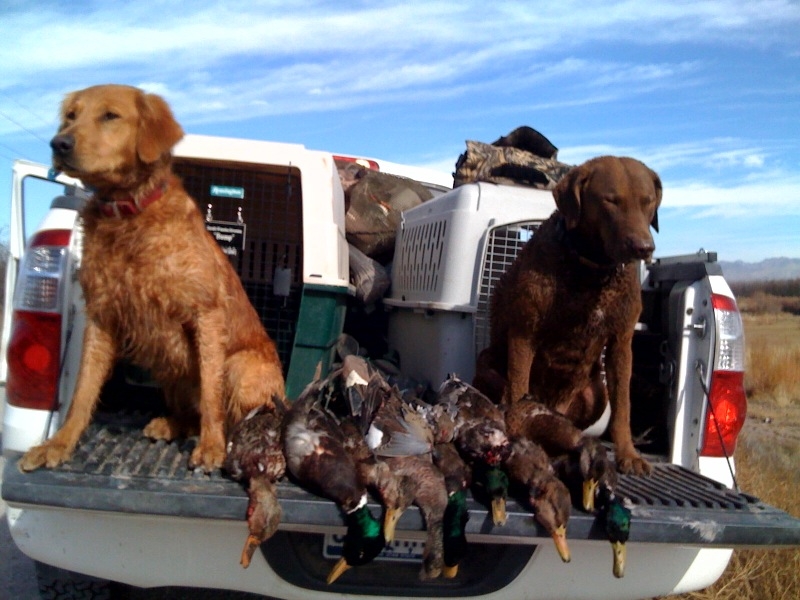
Many trainers say that Chessies have to understand why they are doing the task before they will do it - or else their independent streak will take over. The key to training a Chessie is consistency. They are good with children and other animals. Chesapeake Retrievers are determined dogs - they work hard and are quite powerful.
The breed originated in 1807. The story goes that a pair of Newfoundlands were found in an English shipwreck near the Chesapeake Bay. These two dogs bred with other retrievers, English Otterhounds, Irish Setter, etc. After a couple of years, the Chesapeake Retriever was created. in 1878 the breed was recognized by the AKC
Appalachian Coon Hound
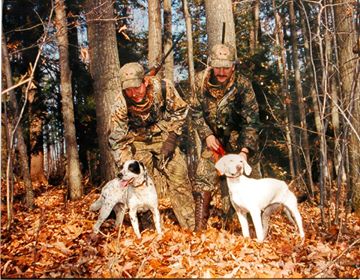
John Byrne of Virginia is the man most responsible for the Appalachian Turkey Dog. Mr. Byrne passed away in 2012. Just over 40 years ago, he bred several great hunting dog breeds and came out with a dog that is considered one of the best dogs for hunting turkey in the world, especially for fall turkey season. The Appalachian Turkey Dog may have feathering on their hindquarters and tail that they inherited from the English Setter. It got its genes for tracking, barking, and chasing from the Plott Hound and has the drive, speed, and stamina from its Pointer ancestors.
Boykin Spaniels and English Setters are often used for hunting turkey, but for many hunters, they can’t hold a candle to an Appalachian Turkey Dog. Though the Appalachian Turkey Dog is not officially recognized by the AKC, it is still worth considering when looking into a hunting dog. The American Wild Turkey Hunting Dog Association does recognize them. Since it isn’t an “official” breed, there are not a lot of stats on the dogs size, but generally they are smaller dogs.
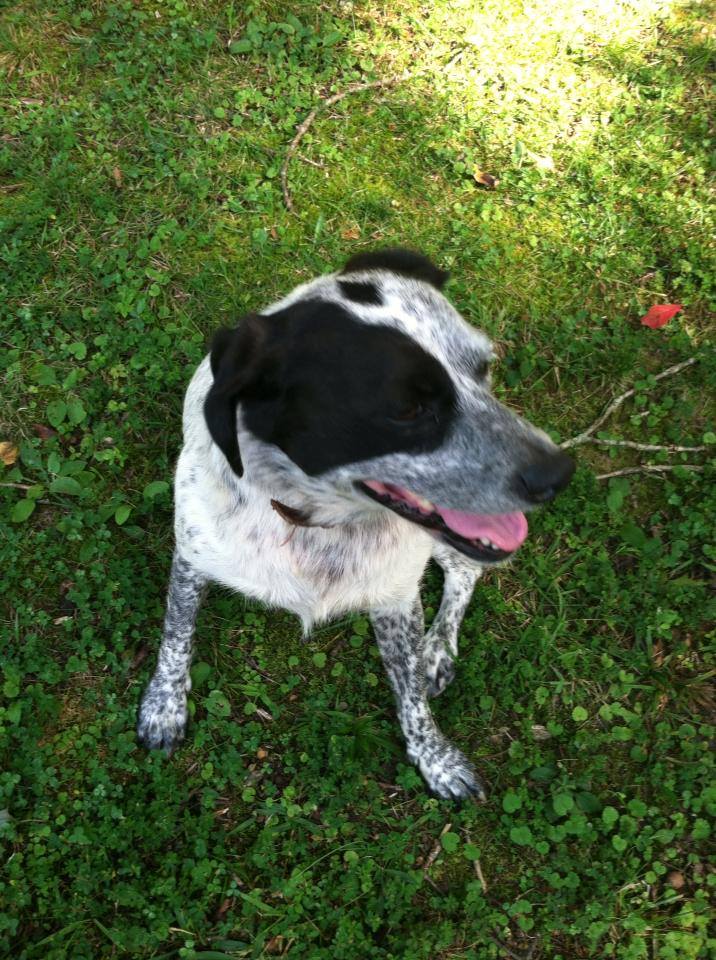
Turkey Dogs cast ahead, keeping an eye on your position, and find flocks of turkey. When the dog finds the turkey flock, he flushes at them, getting them to scatter. As the dog is getting them to scatter, the hunter sets up where they were gathered. Then the dog comes back and waits patiently while the hunter calls the turkey. Turkeys are social creatures. They want to be in a group and will call one another in an effort to locate each other. The hunter calls and lures the turkey towards the blind so that they can be harvested.
So while the Appalachian Turkey Dog may not be on the AKC registry, if you are an avid turkey hunter, you may do well to consider one of these for your hunting companion.
(Thank you http://turkeytrotacres.com for the picture of dogs Shot and Kelly!)
Bluetick Coon Hound

Blueticks are beautiful dogs with a musical baying bark. They are fantastic hunting dogs that do well on nocturnal hunts. They can grow up to 27 inches tall and weigh up to 80 pounds. They got their name from the “ticked” or mottled black and blue coat pattern.
The breed began with General George Washington. He recieved 5 hounds from the Marquis de Lafayette. These dogs were Grand Gascon Saintongeois and Grand Bleu de Gascogne. They bred and then later were mixed with the fast running English Foxhound to create what we know as the Bluetick around 1900. It wasn’t until 1945 that they were recognized as a breed by the AKC.
Blueticks excell at night time hunting with thier sharp eyesight. They can track in bad weather just as good as pleasant weather. They have an unshakable tracking instinct. Though slower than other types of hounds, their determination and instinct to chase stands out. The Bluetick is fantastic at finding game on trails thought to have “gone cold.“
Interstingly Blueticks not only bay when they tree their prey, but they bugle throughout the hunt. Hunters can learn what each of their distinctive calls mean to know how to partner with his hound better when hunting. Blueticks are aboslutely fearless and will even pursue bear.
When training a Blueetick, they are headstrong and a little obstinate like other hounds - so strong consistency is key. They are highly intelligent and are good at figuring things out. All hounds have a bit of a sense of humor - they can be slighly clumsy and always want to know “what’s in it for them” during training. But the Bluetick on average is less clumsy than some other hound breeds. Blueticks are deeply devoted to thier owners and are quite affectionate. They tend to be wary of strangers but do well with children. They tend to not do well with smaller pets. Like all working-dogs, they need to have their energy used or else they find ways of getting into trouble.
German Short-haired Pointer
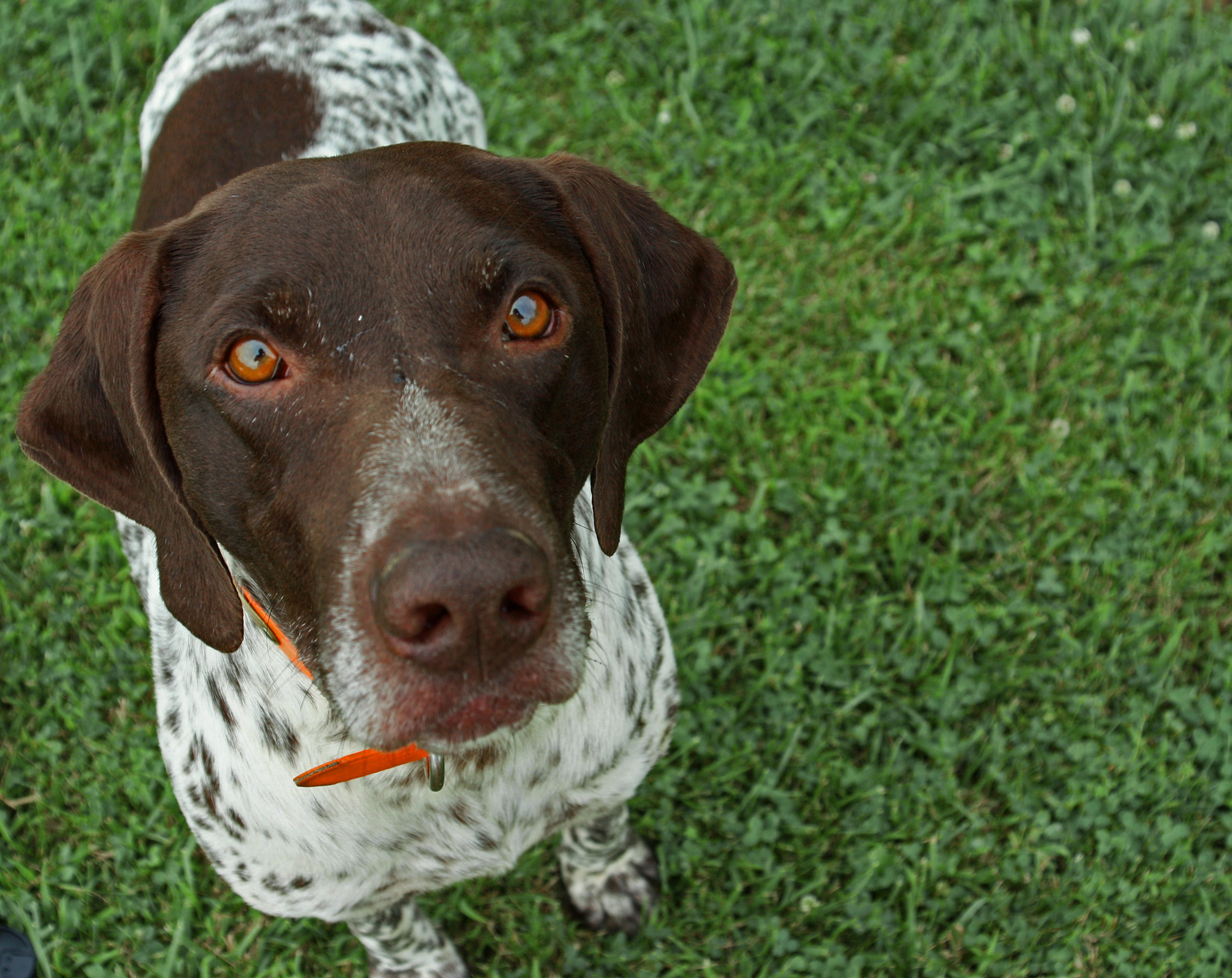
German Shorthaired Pointers are often called regal looking. They have friendly dark eyes and their coat can come in Liver, Black, Roan with white. They can grow up to 25 inches tall and weigh up to 70 pounds. They were bred with a great deal of endurance, and speed. They are extremely loyal dogs who develop a deep bond with thier owners.
The breed developed in the 17th century in Germany. They are a cross between German tracking hounds, a Spanish Pointer, and an English Foxhound. They have an extroidinary keen sense of smell. in 1925 Dr. Charles Thornton brought the breed to American and began breeding them.
The German Shorthaired Pointer makes a great family pet. They do well with other pets, children and even do well indoors - as long as they received daily excersize to burn off thier high energy levels. They learn fast and are relatively easy to train. German Shorthaired Pointers have a strong prey drive and retrieve well. They also point beautifully.
An all around versatile hunting dog, one that is said to almost “hunt straight out of the box.” They remain one of the main dog breeds in various hunting contests. It will hunt upland gamburds, waterfowl, and even rabbits and other small game. The German Shorthaired Pointer is quite brave and will track wild boar, fox, and even a wounded deer.

Post a comment
Thank you
Your post has been submitted and will be published once it has been approved.
OOPS!
Something went wrong and your post has note been submited. Please try again.

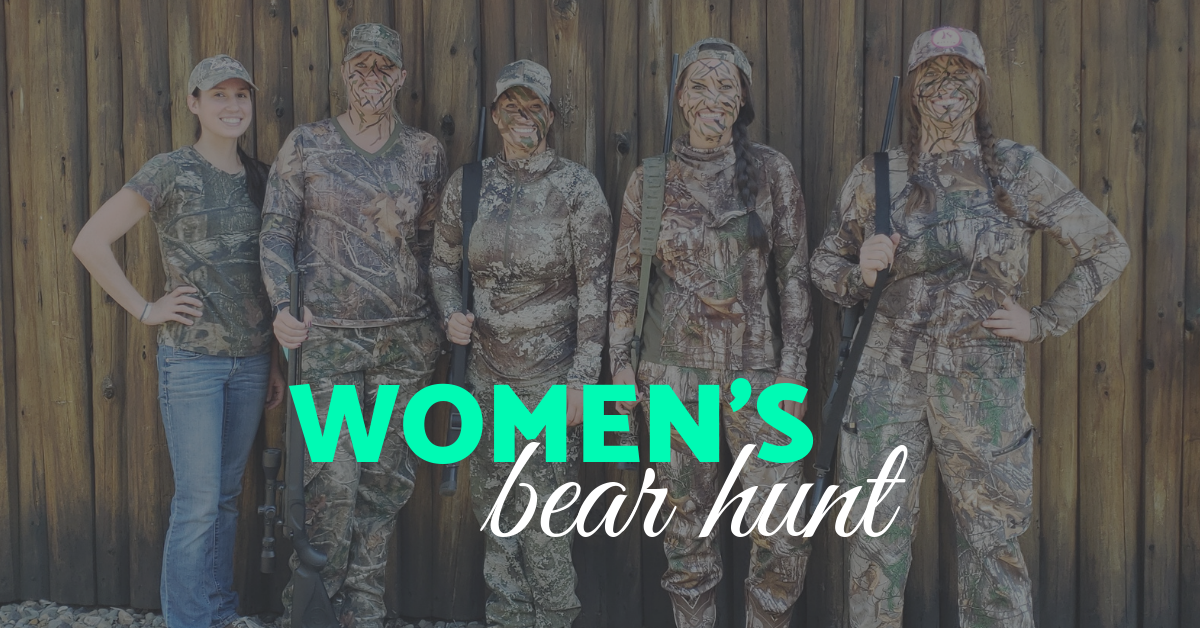



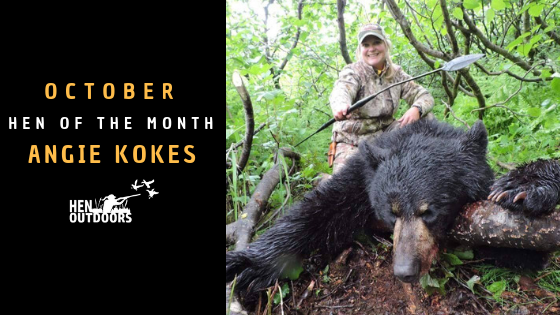
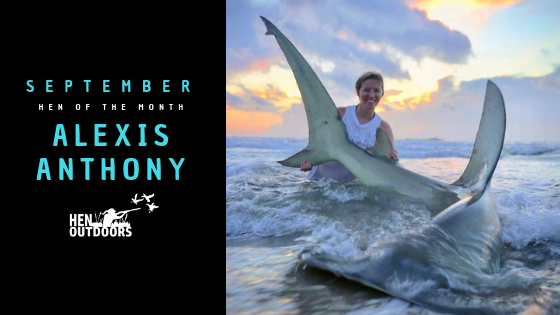
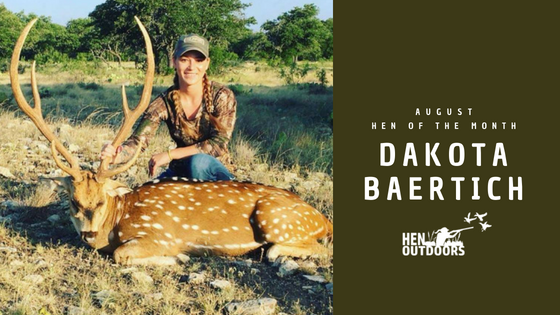
Comments (0)
Be the first to comment.